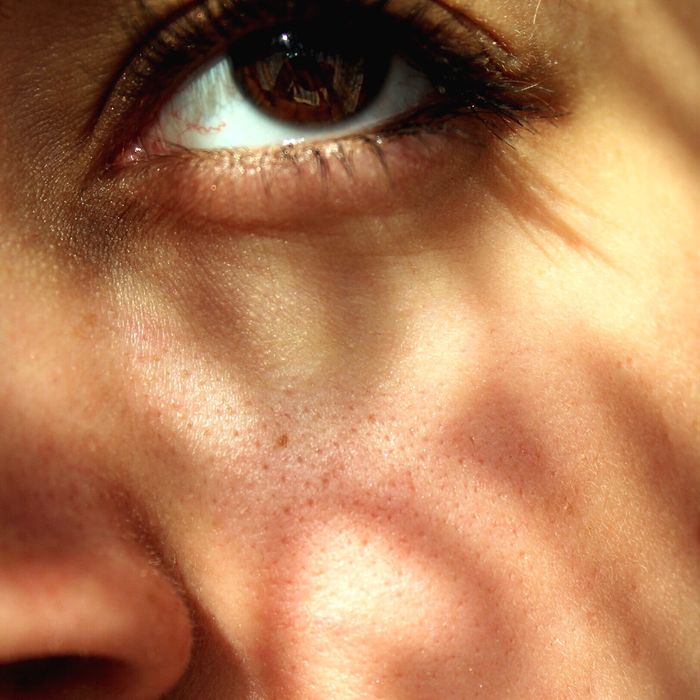
Machiavelli said it was better to be feared than loved, but retinoid wants it both ways. People love it because it’s scientifically proved to be the most the most useful anti-aging ingredient around, but before you can start to see the benefits, you often have to make it through the fearsome “retinoid uglies.”
A topic discussed with terror all over Reddit’s skin-care boards, the uglies are a transition period in which skin often looks flaky, itchy, red, or dry as it adapts to retinoid. The effects can often make people want to stop using it altogether, but you must persevere to reach the pearly gates of Good Retinoid Skin.
Because the uglies can linger for up to a month, isolation is a good time to try out retinoid. Below, two dermatologists from the newly opened Park View Dermatology, Dr. Robyn Gmyrek and Dr. Shereene Idriss, give us the breakdown on this essential skin-care ingredient.
What Is a Retinoid, Exactly?The word “retinoid” is an “umbrella term describing products containing vitamin A, which bind to specific receptors in the skin called retinoid receptors,” says Gmyrek. You might read about retinol or retinoic acid — those are types of retinoids. And they’re all widely used. Idriss calls retinoids the “royal family of skin care” (the whole family, before Meghan and Harry seceded) because they’re a staple of 99.99% of dermatologist-recommended skin-care routines.
What Do They Do?New skin cells make your skin look bright, shiny, and glowy. Your body exfoliates naturally in a process called “cell turnover” that takes about 28 days. Retinoids help you to get new skin quicker by speeding that process up. Because pimples are caused in part by clogged pores from skin buildup, retinoids are also a helpful anti-acne tool.
In addition, Gmyrek explains that retinoids can “reduce fine lines and wrinkles by increasing the production of collagen.” They also “improve the thickness of the deeper layer of skin, which otherwise thins with age.” When retinoids bind to retinoid receptors, they can alter the expression of specific genes — and make your skin look a lot better.
Should I Try It?Yes, but not if you’re pregnant, trying to get pregnant, or breastfeeding. Whatever product you get, you should only use it at night, because retinoids “are not stable in the sunlight.”
“Retinoids are suited for all skin types and can be used in most anyone, providing that your skin is not currently dry, irritated, red, painful, or skin-barrier-compromised,” says Gmyrek. If you are having an eczema or psoriasis flare-up, you should wait until your skin is completely healed before using a retinoid, or it will cause more irritation.
Why Now?Until your skin gets used to retinoids, it will most likely be red, itchy, flaky, and really dry-looking — the dreaded “retinoid uglies.” It lasts for about a month. “It is difficult to camouflage, and makeup sticks to the dead skin cells, often making it look even worse. So, yes, quarantine is a great time to try a retinoid!” says Gmyrek.
You could also have more breakouts. Because of the skin sloughing, your skin will start “purging,” as they call it on the Reddit message boards. “You might see deeper blackheads come up to the surface, and more breakouts. For acneic skin, it will get worse before it gets better,” says Idriss. If your skin feels painful or you’re seeing pus, stop the retinoid completely and wait. Once you break through the uglies, your skin will adapt and it will have “debulked.” Just be very aware that it won’t be quick. It takes about eight to 12 weeks to see positive results — when your skin will actually start looking brighter and clearer.
How Do I Make The “Uglies” Less Ugly?Less is truly more. Experts agree that a pea-size amount of product is enough for your entire face.
Don’t start by giving your skin retinoid every day. It is not a sourdough starter. Begin by using a retinoid every three days. If you find the uglies are minimal, you can gradually increase it.
“Do not apply to damp or wet skin. After you cleanse the skin, pat dry and then air dry for a few minutes. Applying to damp skin changes the penetration and can lead to irritation,” says Gmyrek.
Don’t use harsh chemical exfoliants or acids on the same days you use retinoid. Your skin is busy enough.
And try an open-face retinoid sandwich. “Putting a moisturizer on before you apply retinoid can help dilute it,” says Idriss.
What Kind of Retinoid Should I Try?They come in different strengths. If you find the uglies are too much to bear, you can dial down your frequency of usage or try something gentler. Prescription retinoid or retinoic acid are the strongest. Retinol is less potent and must “first must be oxidized in the skin and converted to retinoic acid,” explains Gmyrek. Retinoic acid esters are allegedly “almost as strong as prescription, supposedly without any of the irritation.”
Below, some retinoids for every level, from novice to expert-level.
The Beginner RetinoidsThe Inkey is widely seen as a dupe for The Ordinary, with all of its products under $15. Their Bakuchiol and Retinol Serum both have hundreds of Sephora reviews and close to five stars.
RoC was one of the first drugstore brands to stabilize retinol. This has been a longtime drugstore favorite, with close to 3,000 reviews on Amazon.
This gel, which uses a synthetic form of retinol, used to be prescription-only but became over-the-counter a few years ago.
Idriss likes this because it’s formulated with a retinoic acid ester, which is almost as strong as prescription-level but supposedly without any of the irritation.
If you want an expert-level retinoid, you’ll need a prescription. These have names like tretinoin or Tazorac. Curology is an online subscription service that creates custom retinoid products, delivered to your door, following consultations with dermatological providers. They often contain blends of tretinoin, niacinamide, and azelaic acid.
The Retinoid AlternativeAnecdotal and scientific evidence support that bakuchiol, a “natural” ingredient, is a great dupe for retinol. Even better, it allows you to skip the retinoid-uglies phase, and it’s safe for pregnant and breastfeeding women to use.
If you buy something through our links, New York may earn an affiliate commission.
"try" - Google News
May 02, 2020 at 02:14AM
https://ift.tt/3bVms7p
Now Is a Good Time to Try Retinoid - The Cut
"try" - Google News
https://ift.tt/3b52l6K
Shoes Man Tutorial
Pos News Update
Meme Update
Korean Entertainment News
Japan News Update
Bagikan Berita Ini
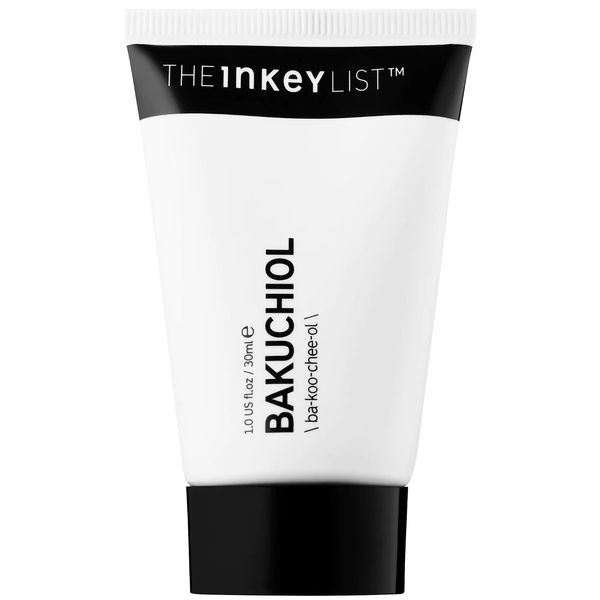
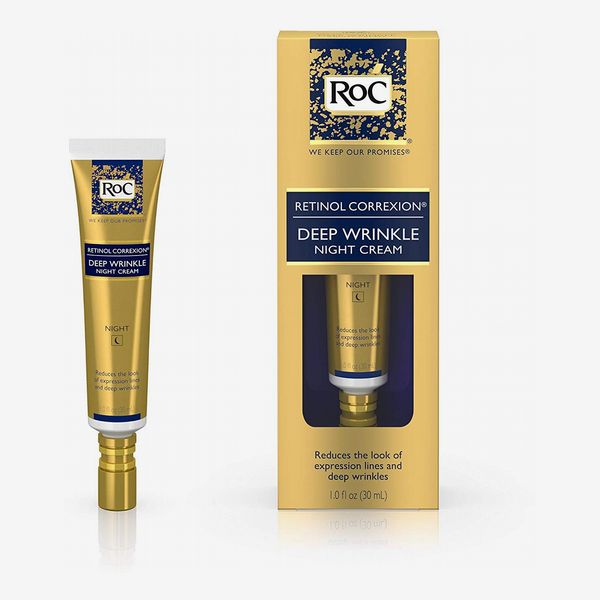
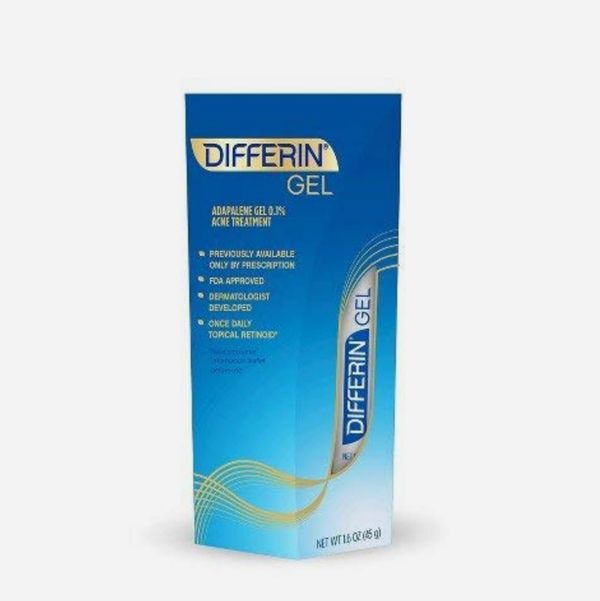
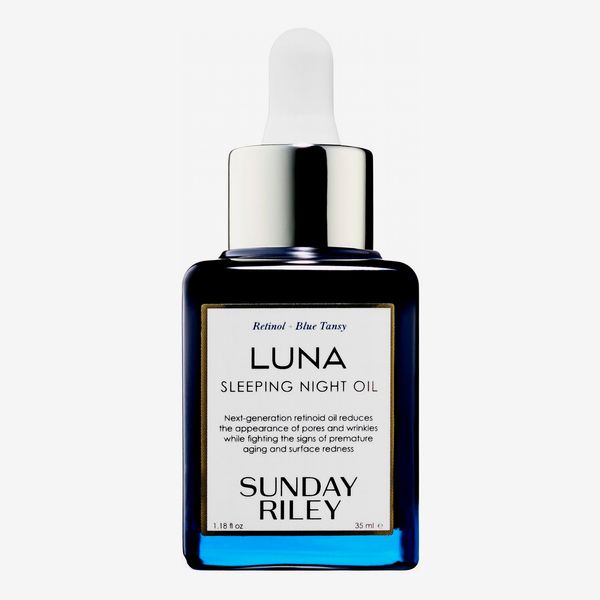















0 Response to "Now Is a Good Time to Try Retinoid - The Cut"
Post a Comment